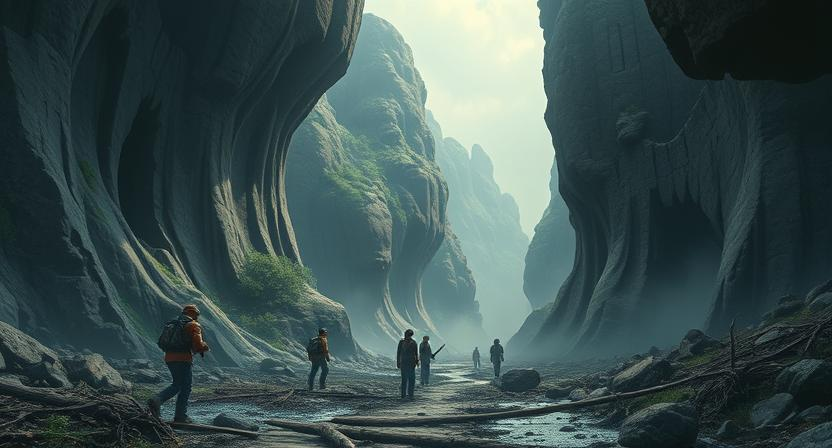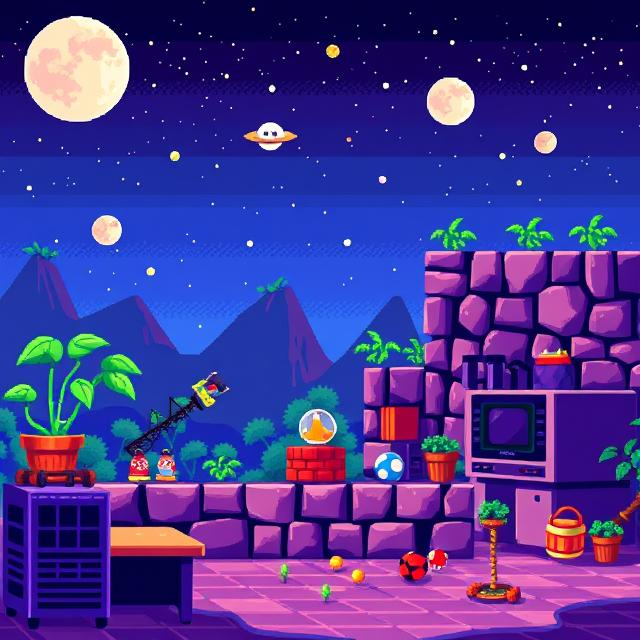Animation plays a vital role in delivering immersive and emotionally resonant gaming experiences. Whether it’s a realistic character running, a cartoonish monster dancing, or environmental effects like wind-blown trees, animation breathes life into game worlds. Behind every smooth movement or impactful cutscene is powerful animation software.
Game animation software typically supports:
- Character rigging (creating a skeletal structure for movement)
- Keyframe animation (manually setting movement points)
- Motion capture integration (importing real-world movement data)
- Facial animation (driven by blendshapes or mocap)
- Physics-based animations (ragdolls, soft-body dynamics)
Popular tools include Autodesk Maya and Blender for 3D animation, and Spine or DragonBones for 2D character animation. These tools export assets that are then integrated into engines like Unity or Unreal. Many engines also have built-in animation systems, such as Unity’s Animator or Unreal’s AnimGraph.
Animation impacts both aesthetics and gameplay. Poor animation can ruin immersion, making characters feel stiff or unrealistic. In contrast, fluid and responsive animations enhance the feeling of control and engagement—especially in genres like fighting games, platformers, or action RPGs.
Advanced systems like inverse kinematics, animation blending, and procedural animation (e.g., dynamic foot placement) allow for more adaptive and natural character movements. Animation is also crucial for narrative delivery in cutscenes and emotional moments.
In short, animation software is not just a tool for movement—it’s a storytelling device, a gameplay enhancer, and a visual anchor that connects players to the game world in a deeply human way.


Leave a Reply